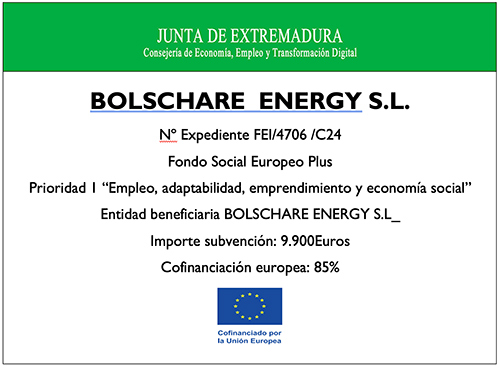El Diario Oficial de la Unión Europea (DUE) ha publicado el nuevo Reglamento sobre las medidas de contención y erradicación de la Xylella fastidiosa en Europa, cuyo objetivo es prevenir su introducción y garantizar su contención. Este nuevo Reglamento sustituye a los anteriores, que se basaban en las últimas investigaciones de la Autoridad Europea de Seguridad Alimentaria (EFSA).
Según reflejó Olimerca, entre las medidas, vigentes desde el pasado 20 de agosto, está la reducción del radio de la zona de erradicación de 100 a 50 metros, una medida que divide por cuatro la superficie afectada por el arranque. Además, también se ha reducido a la mitad la zona tampón asociada, destinada a evitar la propagación de la bacteria a zonas no afectadas.
Para erradicar la plaga especificada y evitar que se propague al resto de la Unión, los Estados miembros deben establecer áreas demarcadas compuestas por una zona infectada y una zona tampón, y aplicar medidas de erradicación. La anchura de las zonas tampón debe ser proporcional al nivel de riesgo y a la capacidad de propagación del vector.
Sin embargo, en los casos de aparición aislada de la plaga especificada, no se requerirá el establecimiento de un área demarcada si la plaga puede ser eliminada de las plantas recién introducidas en las que se ha detectado. Este será el enfoque más proporcionado cuando las encuestas en la zona afectada lleven a la conclusión de que la plaga especificada no está establecida.
Para garantizar la eliminación inmediata de las plantas infectadas y evitar la propagación de la plaga especificada en el resto del territorio de la Unión, el control de las zonas demarcadas debe realizarse anualmente en la época más adecuada del año.
El seguimiento también debe centrarse en los vectores presentes en la zona demarcada para determinar el riesgo de que sigan propagándose y evaluar la eficacia de las medidas de control fitosanitario aplicadas a la población de vectores en todas las fases.



